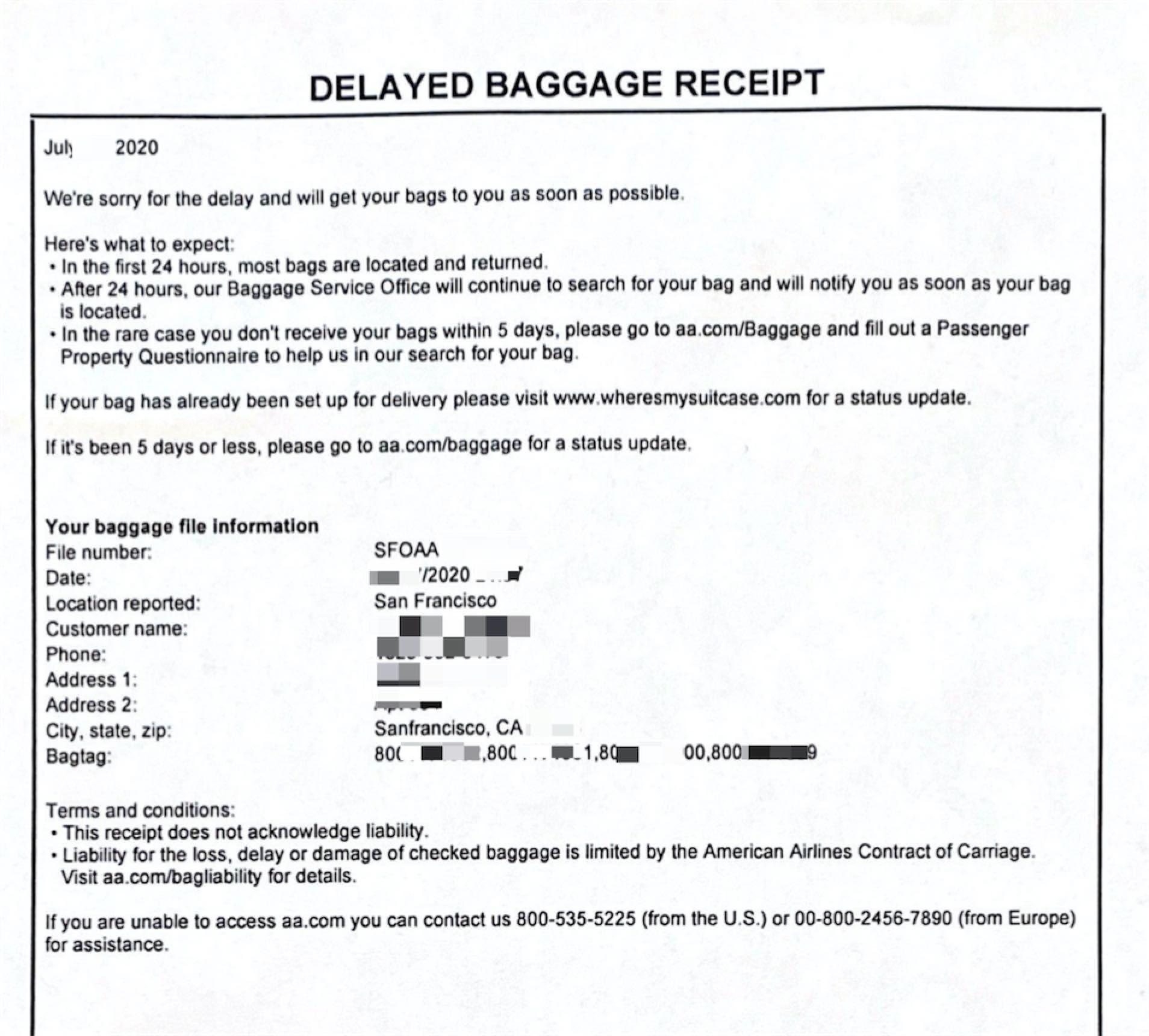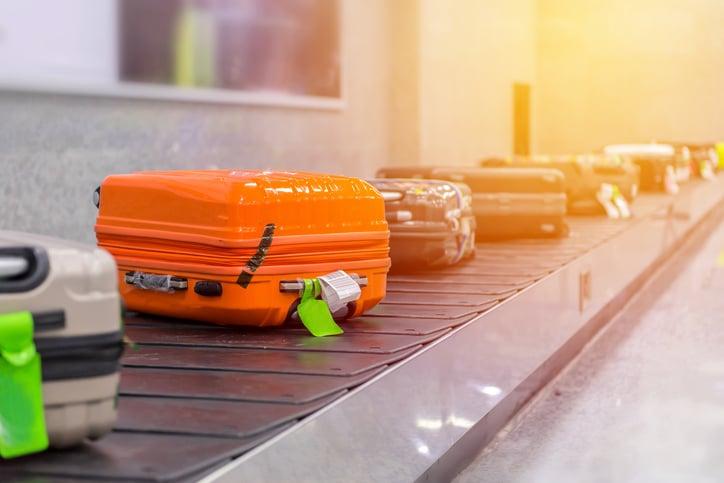Traveling can be an exhilarating experience, but the unexpected misplacement of luggage can quickly turn your journey into a source of stress. Fortunately, if you’ve secured travel insurance, you’re equipped with a safety net to mitigate such inconveniences. Filing a travel insurance claim for lost luggage may seem daunting at first, but with the right guidance, it can be a straightforward process. In this article, we’ll walk you through each step of the claims process with clarity and confidence, ensuring you have all the necessary tools to navigate the situation efficiently. From gathering essential documentation to communicating effectively with your insurer, you’ll learn how to reclaim your peace of mind and focus on enjoying your travels once more.
Understanding Your Travel Insurance Policy for Lost Luggage
When embarking on your travel adventures, it’s crucial to familiarize yourself with the specifics of your travel insurance policy regarding lost luggage. Understanding what is covered can save you a significant amount of stress and frustration in the event your bags go missing. Most travel insurance policies offer compensation for the loss, theft, or damage of luggage, but the extent of coverage can vary. Key elements to review include:
- Coverage Limits: Know the maximum amount your policy will reimburse for lost items.
- Excluded Items: High-value items like electronics or jewelry may not be covered or may require additional insurance.
- Documentation Requirements: Insurers typically require proof of ownership and value, such as receipts or photographs.
Act promptly if your luggage is lost. Report the loss immediately to the airline and obtain a written confirmation of the report. This document will be essential when you file your claim. Additionally, gather all relevant documents, such as your travel itinerary, boarding passes, and any correspondence with the airline. Having a thorough understanding of your policy and being prepared with the necessary documentation will streamline the claims process and increase the likelihood of a favorable outcome.

Gathering Essential Documentation for a Smooth Claim Process
To ensure a seamless experience when filing a travel insurance claim for lost luggage, gathering the right documentation is key. Start by collecting proof of your travel itinerary, such as flight tickets or boarding passes, which will substantiate your travel dates and destinations. Baggage claim tags are equally important as they link your luggage to your travel, serving as critical evidence in your claim. In cases where the airline has acknowledged the loss, request a Property Irregularity Report (PIR) at the airport; this official document will further support your claim.
Additionally, prepare a detailed list of the lost items, including their approximate value and purchase dates. If possible, provide receipts or credit card statements as proof of purchase for high-value items. If your policy requires it, obtain a police report for the lost luggage, especially if theft is suspected. Don’t forget to keep copies of all your correspondence with the airline and insurance company, including emails and call logs. With these documents in hand, you’ll be well-prepared to proceed with your claim, maximizing the likelihood of a favorable outcome.

Filing Your Travel Insurance Claim with Precision and Clarity
When dealing with the unfortunate event of lost luggage, precision and clarity in your travel insurance claim are crucial. Begin by gathering all necessary documentation: your travel insurance policy details, receipts for the lost items, and any communication with the airline regarding the lost luggage. File a report with the airline immediately and obtain a written confirmation of your lost luggage claim. This document will be essential for your insurance claim.
Next, ensure your claim form is filled out meticulously. Double-check all information for accuracy, such as dates, flight numbers, and descriptions of lost items. Include copies of all supporting documents, such as your luggage claim ticket and any correspondence with the airline. Be clear and concise in your descriptions, avoiding any ambiguity. Submit your claim promptly to adhere to the insurance company’s time limits, ensuring you retain copies of everything submitted. By following these steps with attention to detail, you enhance your chances of a successful claim resolution.

Maximizing Your Chances of a Successful Lost Luggage Claim
To ensure your claim is successful, begin by gathering all relevant documents. Save your boarding pass, baggage claim ticket, and any receipts for items you had to purchase due to the delay or loss. Having these on hand will substantiate your claim and expedite the process. It’s crucial to report the loss immediately to both the airline and your travel insurer. Airlines usually provide a Property Irregularity Report (PIR), which you should obtain at the airport and submit with your claim.
- Documentation: Keep a detailed inventory of your lost items, including the value and purchase date if possible.
- Communication: Maintain a record of all correspondence with the airline and insurance company.
- Persistence: Follow up regularly and be prepared to provide additional information if requested.
By being organized and proactive, you enhance the likelihood of a favorable outcome. Additionally, always review the terms and conditions of your travel insurance policy to understand what is covered and any limitations that may apply.

